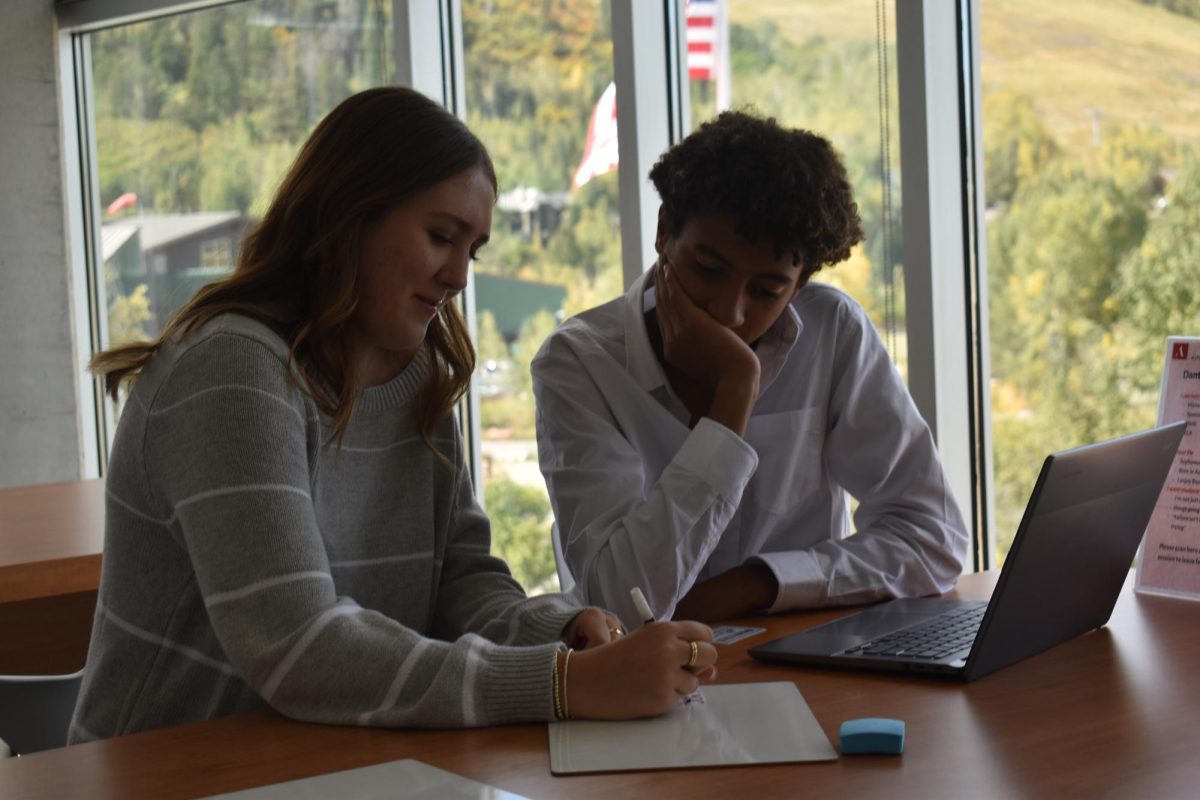A simple way to be more healthy and productive at school
The hallway and the stairs are two places at AHS where students can take a break during the day.
Students, teachers, and people all over the world spend hours each day sitting, which can have harmful effects such as obesity, diabetes, cardiovascular disease, deep-vein thrombosis, and metabolic syndrome. However, there is an easy solution to these negative impacts that people may not be aware of.
While sitting can be harmful, physical activity throughout the day can be a solution to these negative effects. Inactivity accounts for over five million fatalities each year, which is nine percent of premature deaths, according to a TedTalk by Murat Dalkilinç. A possible explanation for this is sitting causes muscles to relax. Loosening muscles decreases the amount of glucose being taken from the blood, which can cause Type 2 Diabetes and be hazardous to health, according to Harvard University. Sitting can also cause arthritis, which can lead to joint pain or swelling. While sitting is harmful, physical activity during the day can be beneficial to health and focus. Standing, walking, or stretching every 30 minutes throughout the day can offset the impacts of sitting for prolonged periods of time and can lead to lower blood sugar.
Increasing physical movement throughout the day can combat the health risks associated with sitting. “For every 30 consecutive minutes of sitting, stand up and move or walk for five minutes at brisk pace to reduce the health risks from sitting, ” said Keith Diaz, associate research scientist in the Columbia University Department of Medicine. This is a good guideline for students, teachers, and anyone who sits for long periods of time. People who sit for at least four hours each day consider standing, stretching, or walking every 30 minutes throughout the day to benefit health and increase brain function.
Physical activity can also “restore blood flow to the brain” according to the New York Times. In a study done by researchers from Texas A & M University, the cognitive abilities of 34 high school freshmen were tested using functional near-infrared spectroscopy and a neurocognitive battery. The results indicated that when physical activity during the school day increased, working memory and executive function also increased.
Teachers and students at AHS can see increased brain function as shown in this study and have better health with more movement throughout the day.

Harper Axelman is a senior at AHS and this is her third year writing for The Skier Scribbler. She enjoys spending time outside, skiing, and...






















